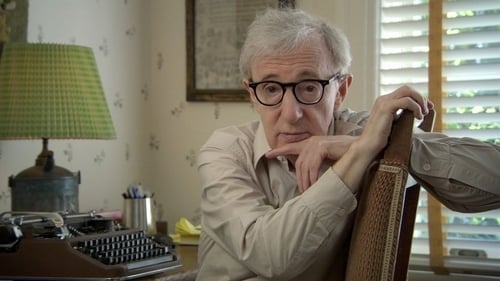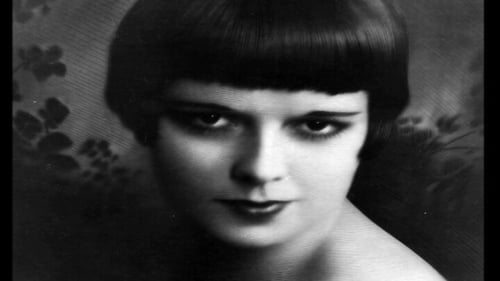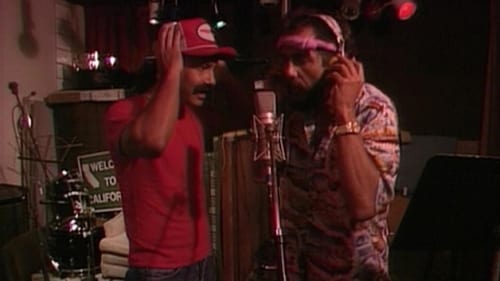
Camera Operator
Academy Award-winning actor Alan Arkin discusses his life and career with TCM host Robert Osborne at the 2014 TCM Classic Film Festival.

Director of Photography
Iconic writer, director, actor, comedian and musician Woody Allen allowed his life and creative process to be documented on-camera for the first time. With this unprecedented access, Emmy-winning, Oscar-nominated filmmaker Robert B. Weide followed the notoriously private film legend over a year and a half to create the ultimate film biography. "Woody Allen: A Documentary" chronicles Allen's career - from teen writer to Sid Caesar's TV scribe, from stand-up comedian to award-winning writer-director averaging one film-per-year for more than 40 years. Exploring Allen's writing habits, casting, directing, and relationship with his actors first-hand, new interviews with A-listers, writing partners, family and friends provide insight and backstory to the usually inscrutable filmmaker.

Additional Photography
Before the G, PG and R ratings system there was the Production Code, and before that there was, well, nothing. This eye-opening documentary examines the rampant sexuality of early Hollywood through movie clips and reminiscences by stars of the era. Gloria Swanson, Mary Pickford, Marlene Dietrich and others relate tales of the artistic freedom that led to the draconian Production Code, which governed content from 1934 to 1968. Diane Lane narrates.

Director of Photography

Director of Photography
Historical context for The Remains of the Day.

Director of Photography
Get Out of My Room, was a mockumentary in the style of This Is Spinal Tap, written and directed by Cheech Marin. In the film, he and Tommy Chong are shown attempting to finish a "video album" for their novelty record Get Out of My Room.

Assistant Camera
Prisoners of Detention Satellite 3 plan an impossible escape.

Gaffer
Hungarian composer Zoltán Kodály believed that music could be taught to children as readily as reading. The method he developed uses a child's own natural instrument, the voice. Beginning with simple musical intervals, the child progresses from folk tunes and children's songs to the complex notes and rhythms of composed music--from Bye baby bunting to Bach. [The film] is a look at the Kodály method of music training in public elementary schools in San Jose, California, and West Hartford, Connecticut. Ordinary children are shown in the film, but they exhibit extraordinary self-confidence, discipline, concentration, and an eagerness to learn. There is no such thing as failure in a Kodály classroom; in fact, the children are able to correct their mistakes themselves. Moreover, the children will bring much of 'how' they learn in their music lessons--counting and problem-solving, left-to-right progression, following directions--to their study of reading, writing and arithmetic.




